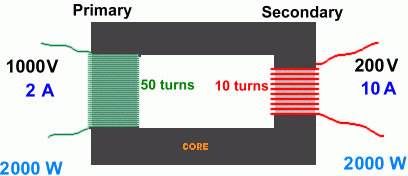


For their better performance and service life, isolation transformers should work in the indoor environment.Open the box to check isolation transformer: Is there any damage to the equipment during transportation? Whether the operation manual, certificate of qualification and warranty card are complete? Whether the fastener is loose or displaced and whether the terminal is in good contact?.

You can use either way of connecting to create higher or lower voltages. If the measured voltage is the difference of the two windings' voltages then you have connected start with start. If the voltage is higher than 19V (still working with my example) then you have connected the start of one winding to the end of the other. Connect A to E and measure between B and F. You can do something similar with the third winding. You can connect the windings this way to double the voltage or swap C and D to have the windings in phase again. If the voltage measured between B and D was 38V the windings are in anti-phase: if A is the start of A-B then C is the end of C-D. If the voltages are equal you can place them in parallel to double the current. If this is 0V (very low anyway) A-B and C-D are in phase, so if A is the "start" of A-B, then C is the "start" of C-D. Now connect A to C and measure the voltage between B and D. In my example rated voltages might be 2 x 12V and 8V. Those are unloaded voltages, and especially for toroidal transformers those may be much higher than the rated voltage. Measure the AC voltages of A-B, C-D and E-F. To find the polarity you'll have the connect the primary to the mains. Let's say you can find windings A-B, C-D and E-F this way. If you measure mega-ohms your measuring on two isolated windings. Depending on the transformer's rating you'll measure a few hundred ohms between begin and end of a winding. To find start and end of a winding you measure resistance with your multimeter. For the secondaries I presume they're separated. The primary's wire is thinner and as W5VO says has a higher resistance.


 0 kommentar(er)
0 kommentar(er)
